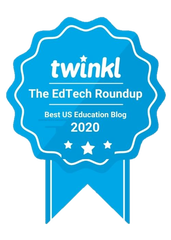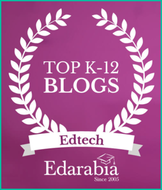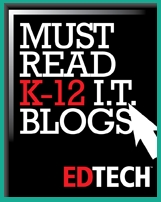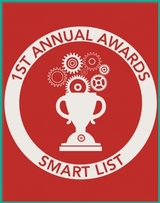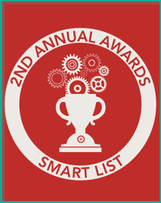to introduce engineering concepts
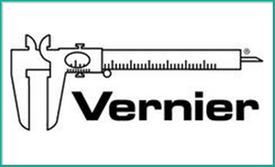
Selected by a panel of Vernier experts, the winning projects demonstrated engineering practices called for in the Next Generation Science Standards (NGSS) and were chosen based on innovation and the ease by which other teachers can replicate the project.
The winners each receive $1,000 in cash, $3,000 in Vernier technology, and $1,500 toward expenses to attend the 2017 National Science Teachers’ Association (NSTA) STEM conference or the 2017 American Society for Engineering Education (ASEE) conference.
The Winning Projects
In “Sound Proofing Box,” Stoltz created a project that combines learning the physics of sound waves with practicing engineering principles. The project challenges students to reduce the intensity of a sound travelling through a box, as measured by a Vernier Sound Level Sensor. Students work in groups to research materials, test decibel levels, log results, and brainstorm ideas to iterate their box design. The project ends with all groups testing their final design and explaining their materials and reasoning.
In “Baby Saver 2000,” a group of Rector’s students worked collaboratively to design a safety device for cars that warns operators when the interior is becoming too hot for infants. After performing research on this potential life-threatening condition, the students defined the problem, generated concepts, and documented ideas. Once they chose a method to pursue, they iterated design prototypes utilizing a range of technology, including a Vernier Temperature Probe, the LEGO® EV3 robotics platform, and an Arduino™ microcontroller. In addition, they created 3-D printed items to help attach the parts to an infant’s car seat. The students completed the project with a presentation video highlighting how much they learned, as well as their ability to solve real-world problems using technology.
William Anderson of St. Louis University High School in St. Louis, Missouri was also recognized with a notable entry for “Soaring to New Heights in Environmental Science.” In this project, Anderson’s students launch a weather balloon twice each school year to understand the structure and function of the atmosphere and to investigate seasonal and altitudinal changes in atmospheric conditions.
To watch videos of the 2017 winning projects in action or to learn more about the winners, visit http://www.vernier.com/grants/engineering/2017-winners/.
About Vernier Software & Technology
Vernier Software & Technology has led the innovation of scientific data-collection technology for 36 years. Vernier was founded by a former physics teacher and employs educators at all levels of the organization. The company is committed to teachers and to developing creative ways to teach and learn science, technology, engineering, and mathematics (STEM) using hands-on science. Vernier creates easy-to-use and affordable science interfaces, sensors, and graphing/analysis software. With worldwide distribution to over 140 countries, Vernier data loggers are used by educators and students from elementary school to university. Vernier technology-based solutions enhance STEM education, increase learning, build students' critical thinking skills, and support the science and engineering practices detailed in the Next Generation Science Standards (NGSS). The Vernier business culture is grounded in Earth-friendly policies and practices, and the company provides a family-friendly workplace. For more information, visit http://www.vernier.com.






